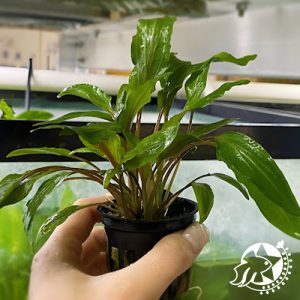Planted aquariums are very popular these days due to their natural beauty and their amazing ability to consume toxic nitrogen compounds produced by fish waste. However, many beginners are anxious to prevent their green foliage from turning brown. After more than a decade of keeping, propagating, and now selling aquarium plants, we have thoroughly researched and listed 5 aquarium plants that are mostly resistant to damage and don’t cost much.
Amazon Sword
This classic aquarium plant is known for its ability to grow very large and take over your tank with enchanting greens. Lighting and placement are more important than how much nutrition it provides to its roots. When you first get it, it usually has large, round leaves that grow in the water (or out of the water). Once in the water, these large leaves will melt. Because the plant reabsorbs its nutrients to produce longer, thinner leaves that grow in water.
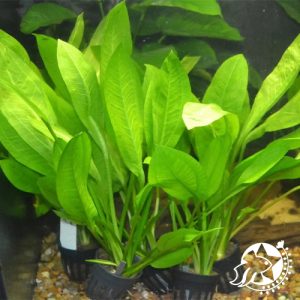
Bacopa caroliniana
If you’re interested in growing stem plants, Bacopa is a good place to start. Native to the southern United States, this plant has a straight, upright stem with small, round leaves. It doesn’t need CO2 injections. Although it can grow in low light, the tips of the leaves turn a coppery red color in the presence of high light and a dose of iron. Like most aquarium plants, Bacopa is usually grown in plant beds, out of water. As soon as you plant it underwater, the top of the plant will start to produce underwater leaves, while the submerged leaves will start to dry out.
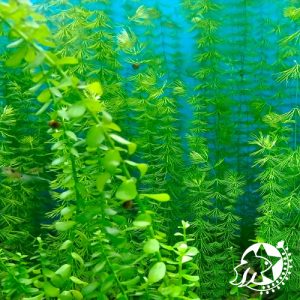
Java Fern
The Java fern and Java moss are named after the island of Java in Indonesia. Although both are easy to care for, they are quite different in appearance. There are many different types of Java fern—such as the narrow-leaf, the vindaloo (or lace) and the three-branched spear—but the most popular type has long, pointed leaves with deep veins. All of its leaves and roots sprout from a rhizome (a thick, horizontal stem or stalk), so make sure not to plant the rhizome in the ground. Instead, most people plant the plant among rocks and wood, and the roots grow around it as they become strong.
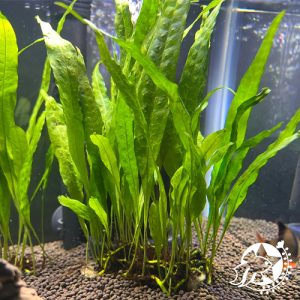
Cryptocoryne lutea
Cryptocorynes are good plants for beginners. Unlike the Vendee Crypt, this species has narrow, green leaves that add texture to your aquarium. Like most Crypts, you can use almost any substrate and light to keep them thriving, and they don’t require CO2 injections. In general, Crypts grow slowly, but give them three months from the day you put them in your aquarium and they will soon become one of your favorite plants. Faster-growing plants often require frequent pruning. While Crypts will look great for a very long time without any special maintenance other than occasional root care.
